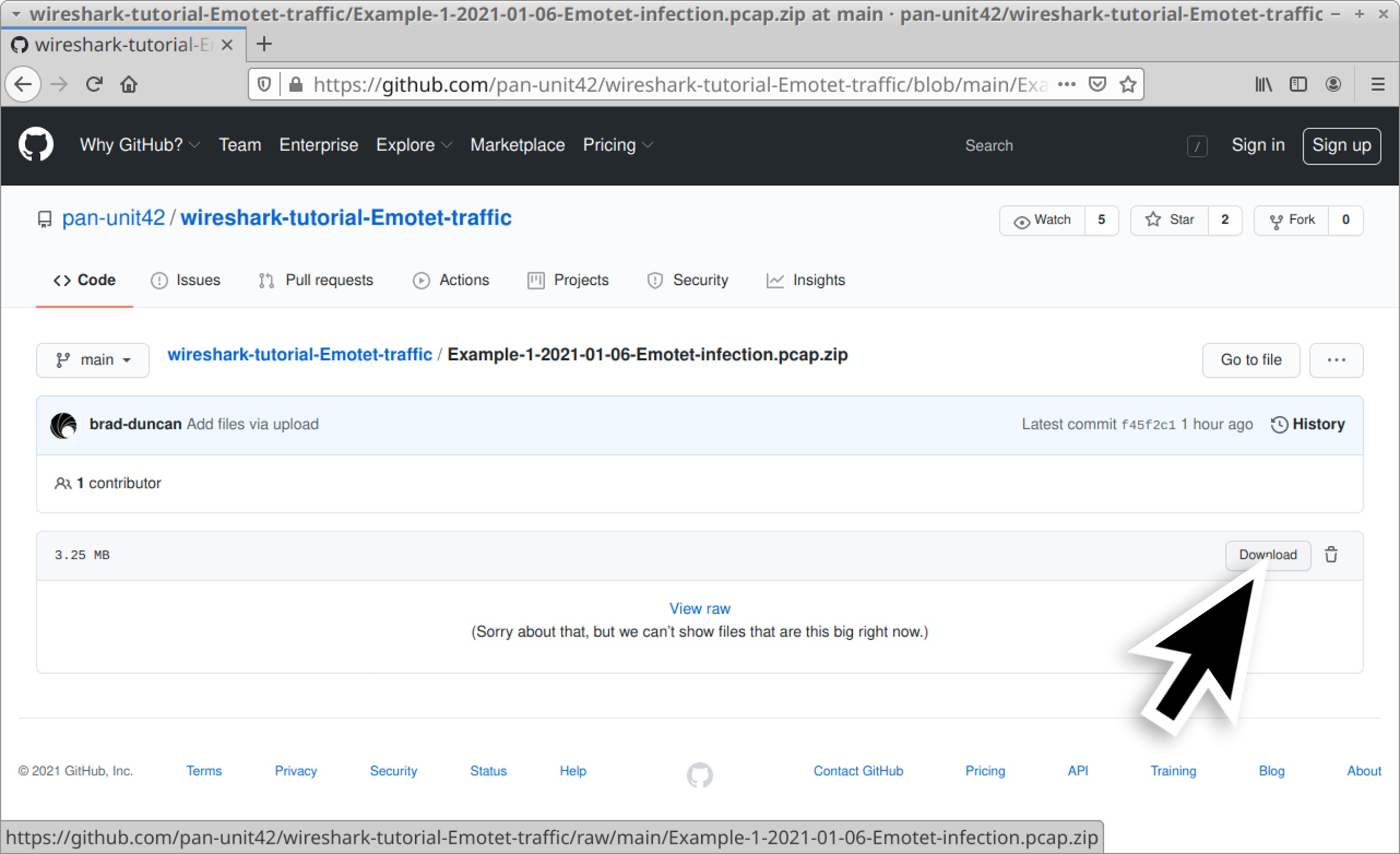

The Complete Ethical Hacker Course: Beginner to Advanced!īuild an Advanced Keylogger for Ethical Hacking! The Complete Wireshark Course: Beginner to Advanced! The Complete Ethical Hacking Course for 2017! Step-1: Navigate to "Help → About Wireshark" menu.Enroll in the 4 courses directly on Udemy! Print("socket has binded to %s" % (port)) S.send(omhex(MESSAGE1)) # it will test MESSAGE1 Print("there has been an error resolving the host") Host_ip = socket.gethostbyname('192.168.1.5') # server ip address or host name Print("socket creation has failed with error %s" % (err)) S = socket.socket(socket.AF_INET, socket.SOCK_STREAM) MESSAGE4 = "0202" # "No, the service is down" MESSAGE3 = "0201" # "Yes, the service is up" For this purpose, I coded a pretty simple client and server in Python. We need to create some data to test our dissector. local tcp_port = DissectorTable.get("tcp.port") When Wireshark come across a packet with these parameters, it will use my dissector.

Step-5: Specify which port and protocol will ve used. ")")ĪLSO READ: Setup PEAP-Mschapv2 Authentication with NPS (Part 3) Subtree:add_le(answer_type,buffer(1,1)):append_text(" (". If mtype = 2 then - if the packet is an aswer


Subtree:add_le(question_type,buffer(1,1)):append_text(" (". If mtype = 1 then - if the packet is a question get the first byte for distinguishing the message type Subtree = tree:add(ulive_protocol,buffer())


 0 kommentar(er)
0 kommentar(er)
